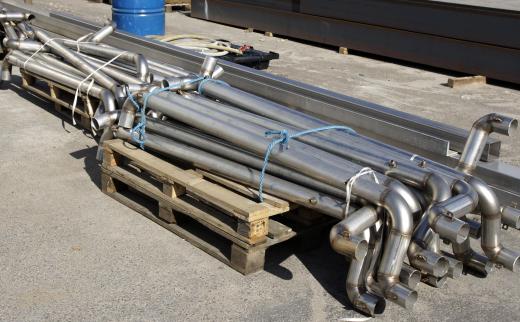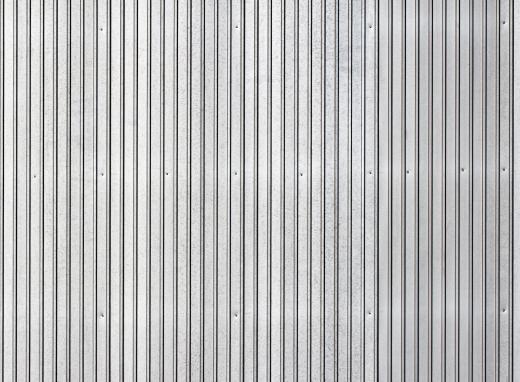Corrugated iron is found in wall coverings as well as roofing materials all around the world. The iron, which is found in large square sheets, consists of ridges and valleys to give the iron strength against bending. The corrugated iron is easily placed into position by setting one of the raised ridges of one sheet over the raised ridge of another sheet. The ridges align the two sheets perfectly and the low flat spots on the sheets provide aN area to nail or screw through when fastening the sheet in place.
Some types of heavy corrugated iron are used as a sub-flooring when pouring concrete. This type of iron is typically welded into position. The corrugations allow the floor to be structurally sound as the iron provides resistance to bending and collapses under the weight of the concrete. Corrugated iron can be found in practically every country in the world and in just about every type of building imaginable.

While some types of corrugated iron sheeting is commonly referred to as corrugated tin, the actual materials used in the manufacture of the sheeting is iron that is rolled extremely thin. There are, however, many different types of iron sheeting produced in the corrugated line. One of the most widely used variations of the product comes in the form of galvanized iron. This product resists rust and is used in harsher climates.

While corrugated iron is best known for its use as a roofing material, many buildings are assembled entirely of this versatile material. The ability to shed rain its waterproof characteristics make for a weatherproof building material. As the sheets are overlapped, a small bead of silicone sealant is applied to the joint, thereby creating a wind and waterproof seam. The inherit strength of the corrugated sheets requires fewer wall studs and ceiling joists when constructing a small shed or out building.

The sheets are one of the oldest known man-made covering materials in existence. Its use can be dated to the 1800s in Britain where it was first made and patented. The simplicity of design and ease of application make it the perfect product to be used in prefabricated building assemblies. The ease of maintenance, requiring nothing more than hosing any debris off with water, makes it a optimal choice for many construction projects.
